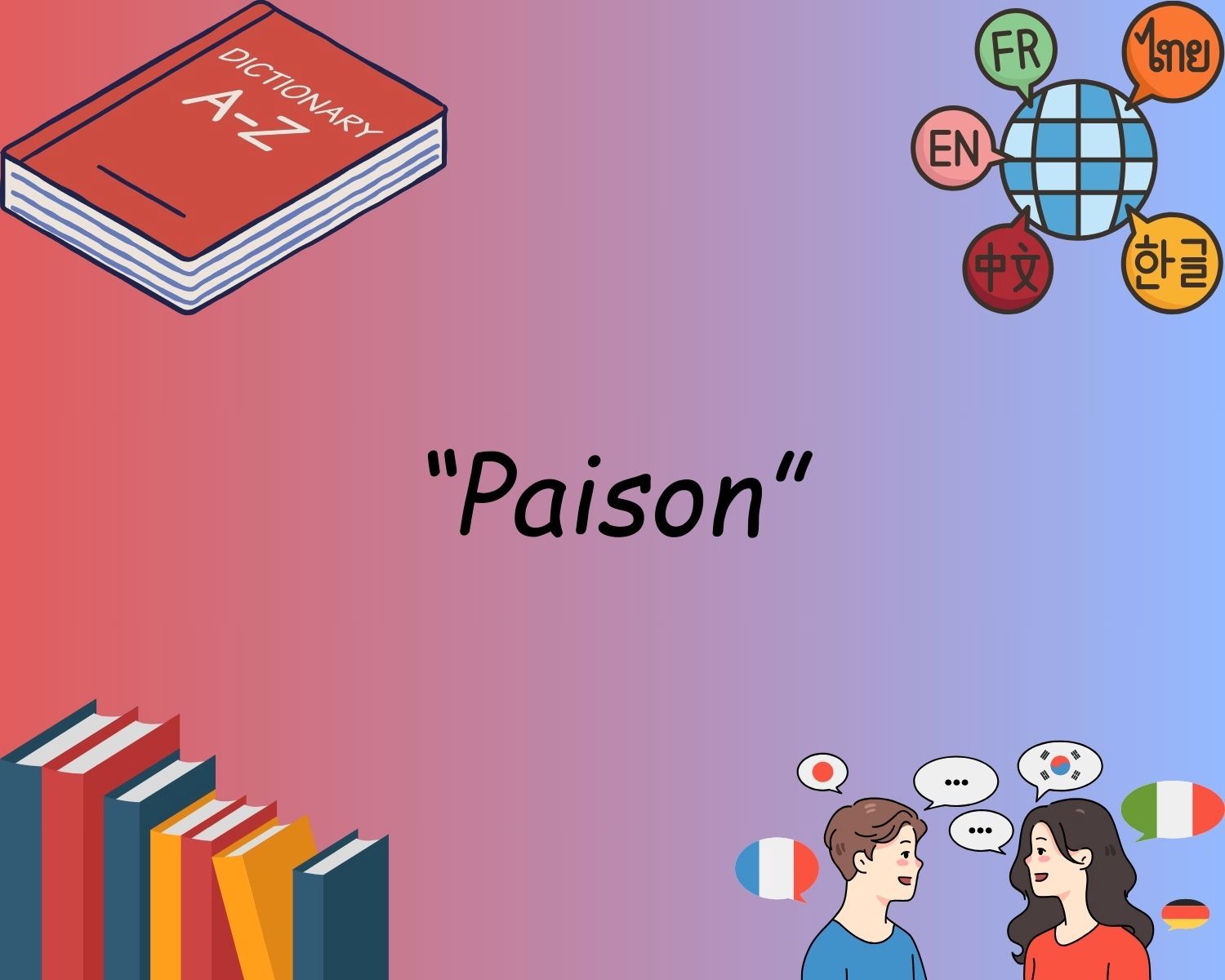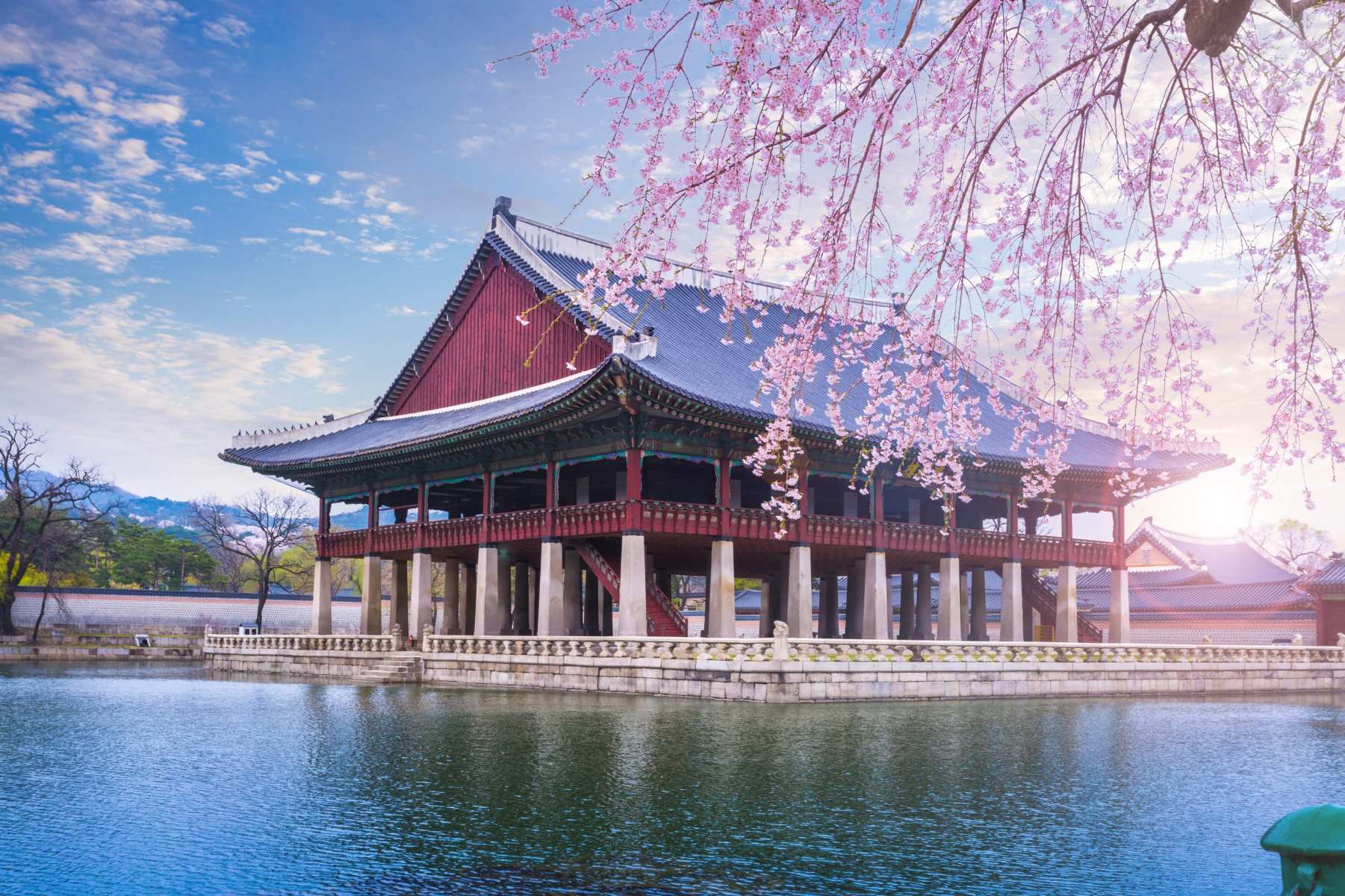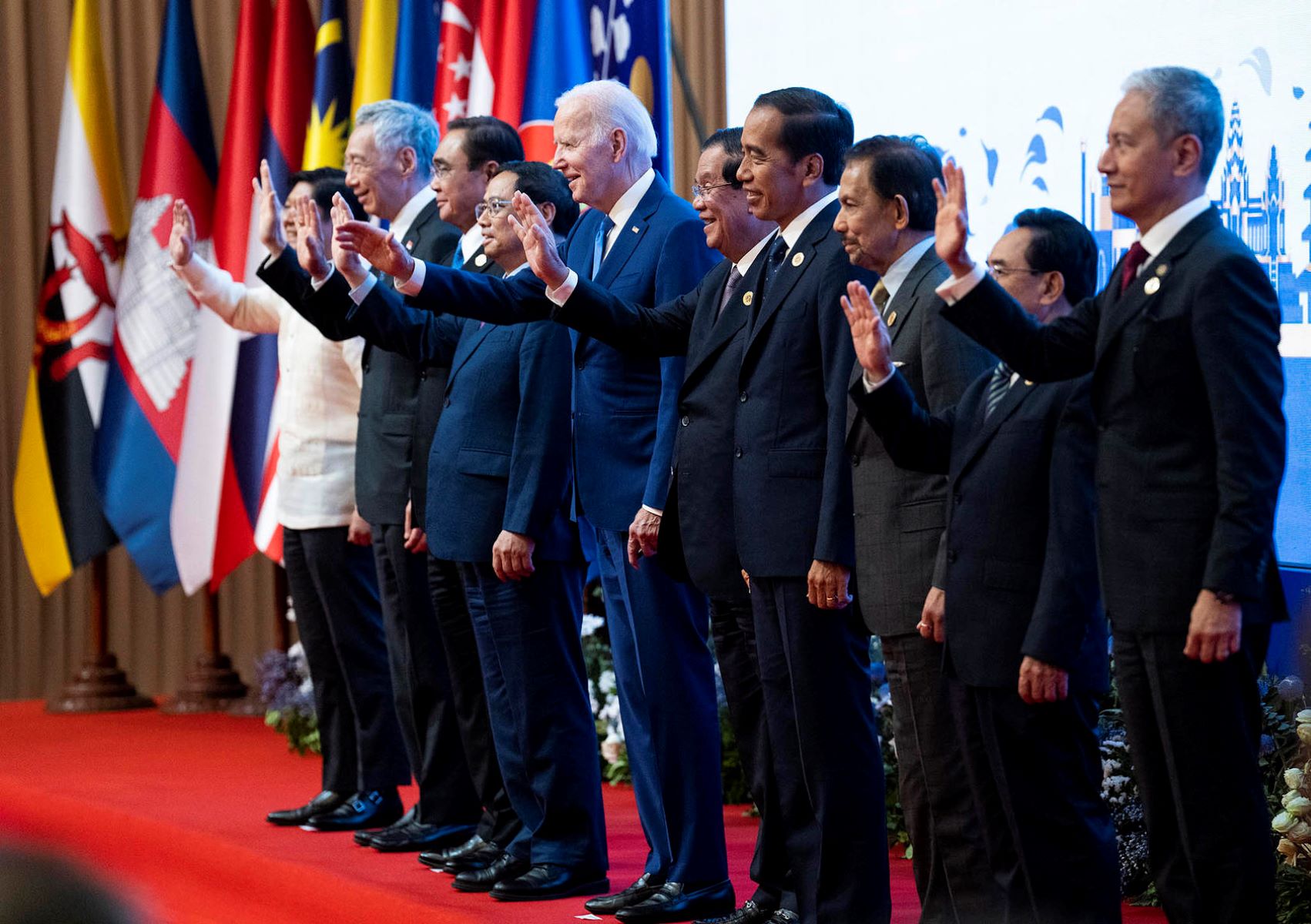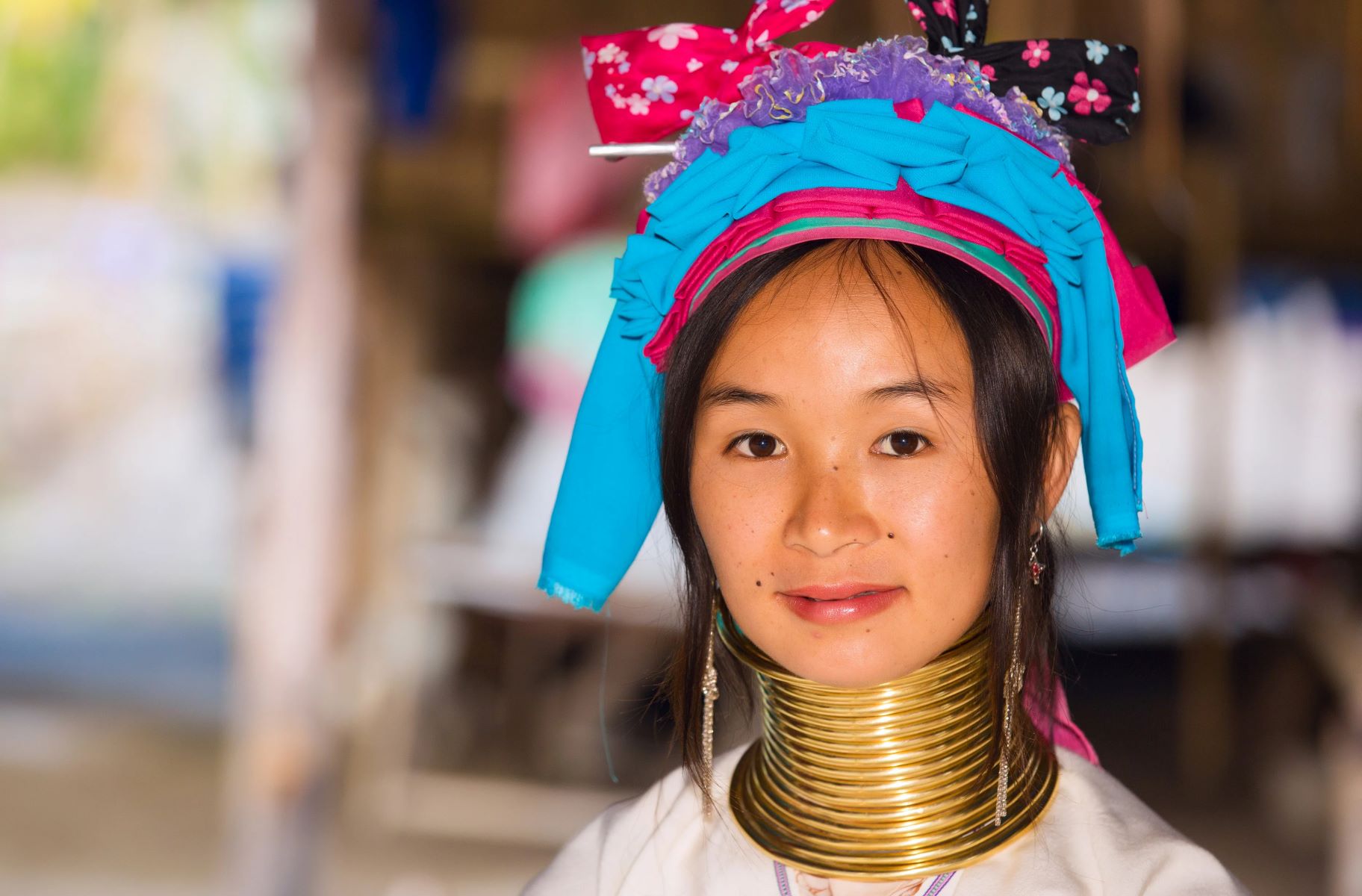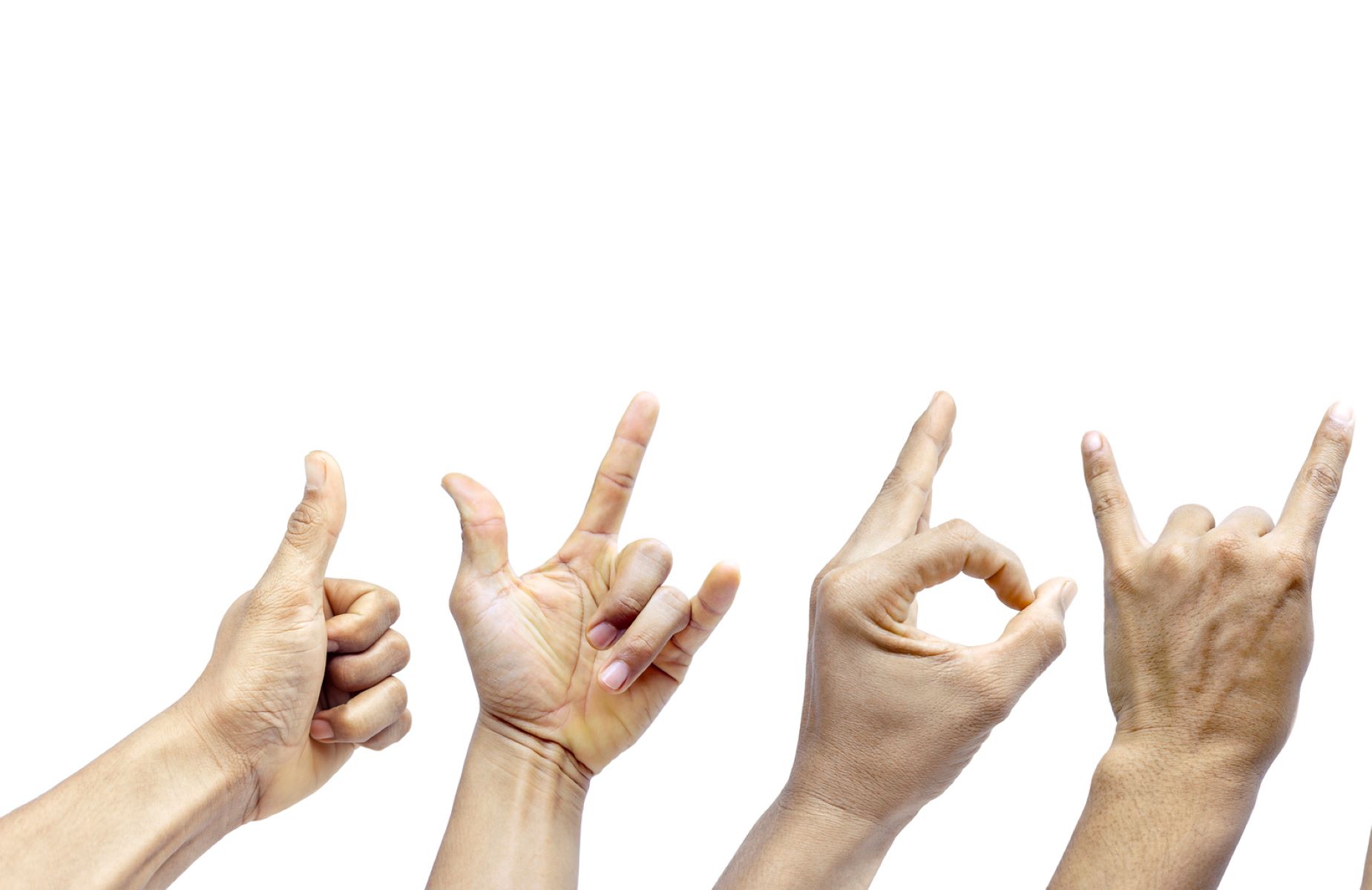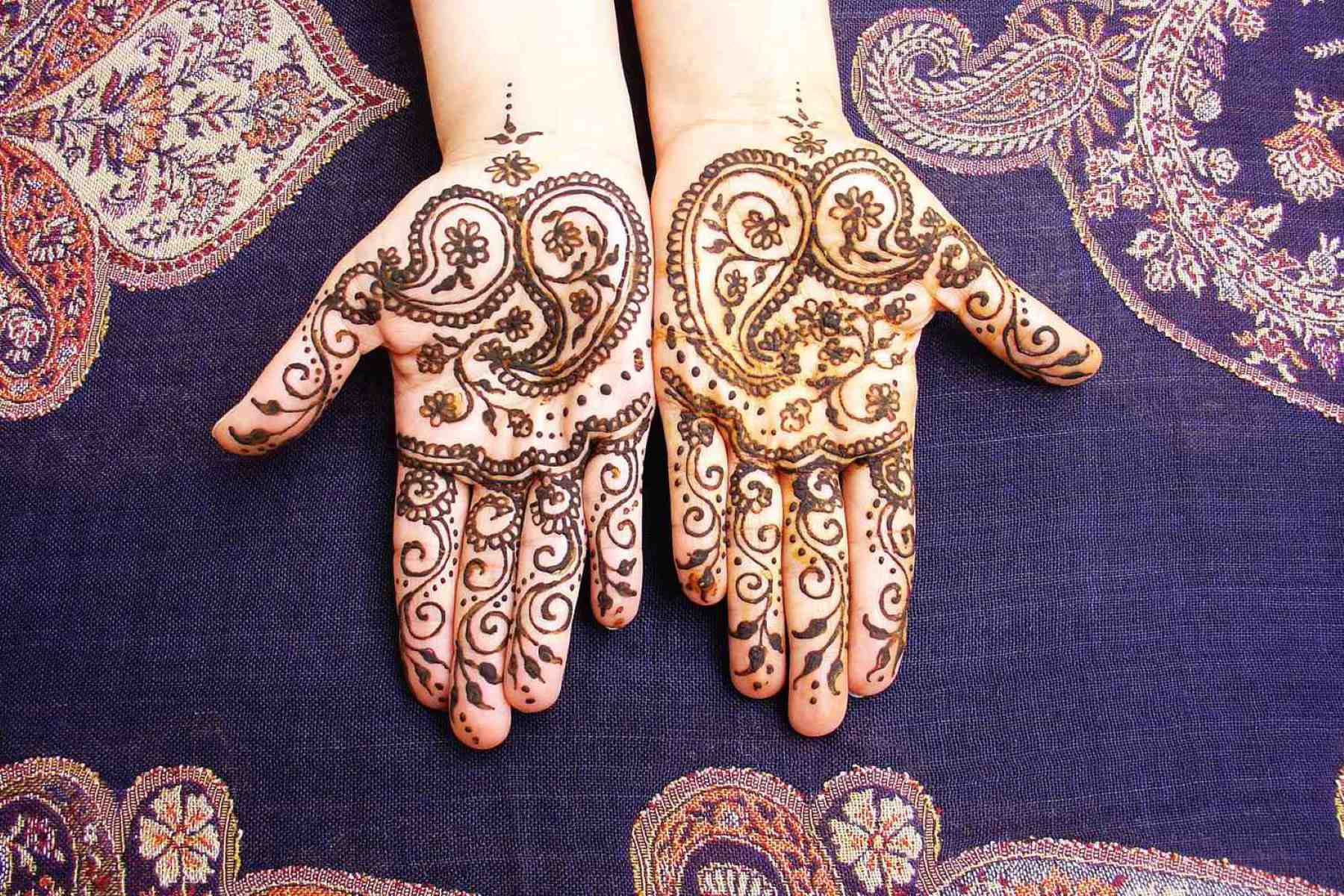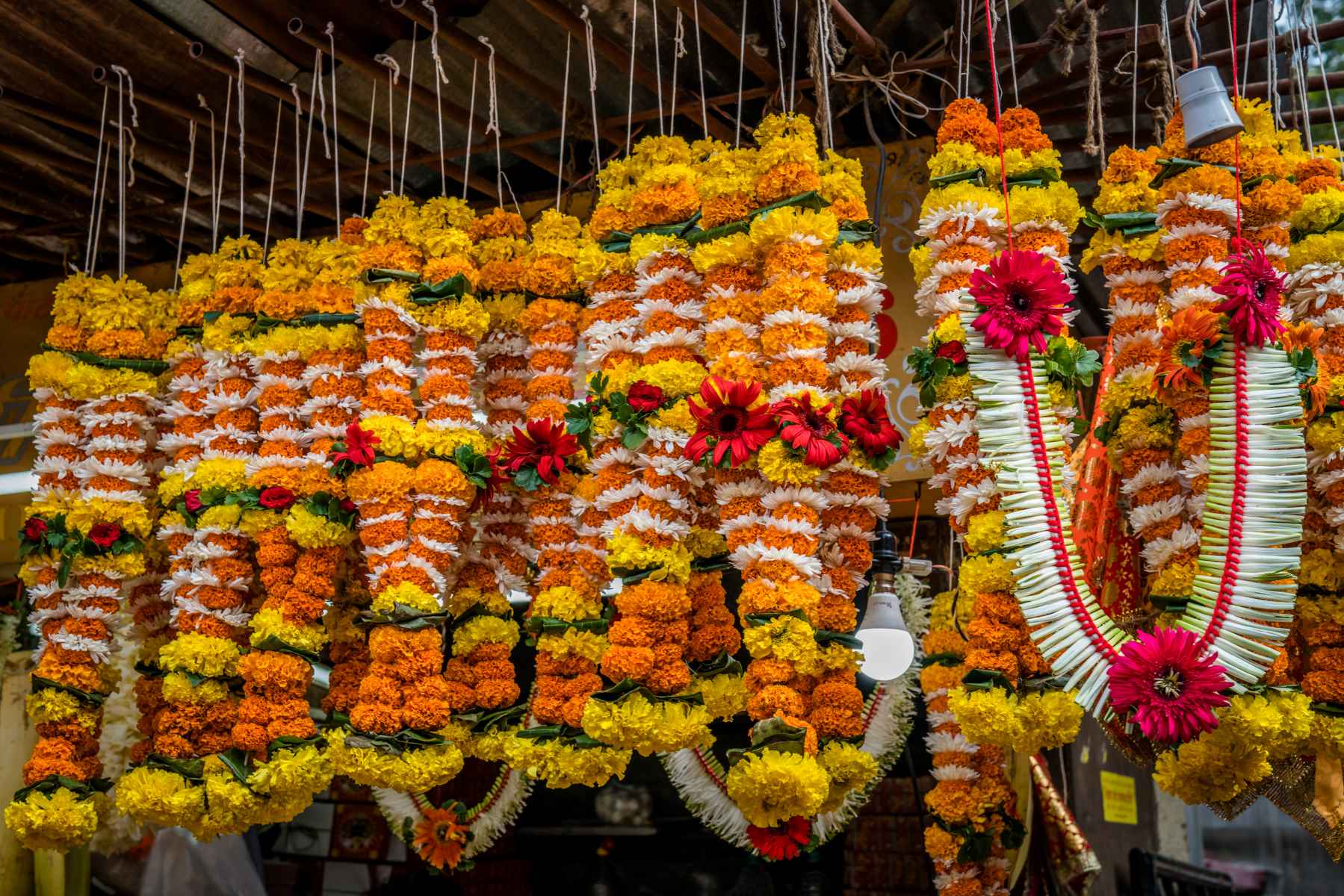Home>Arts and Culture>Holland in China: Unveiling a Rich Tapestry of Cultural and Economic Interactions
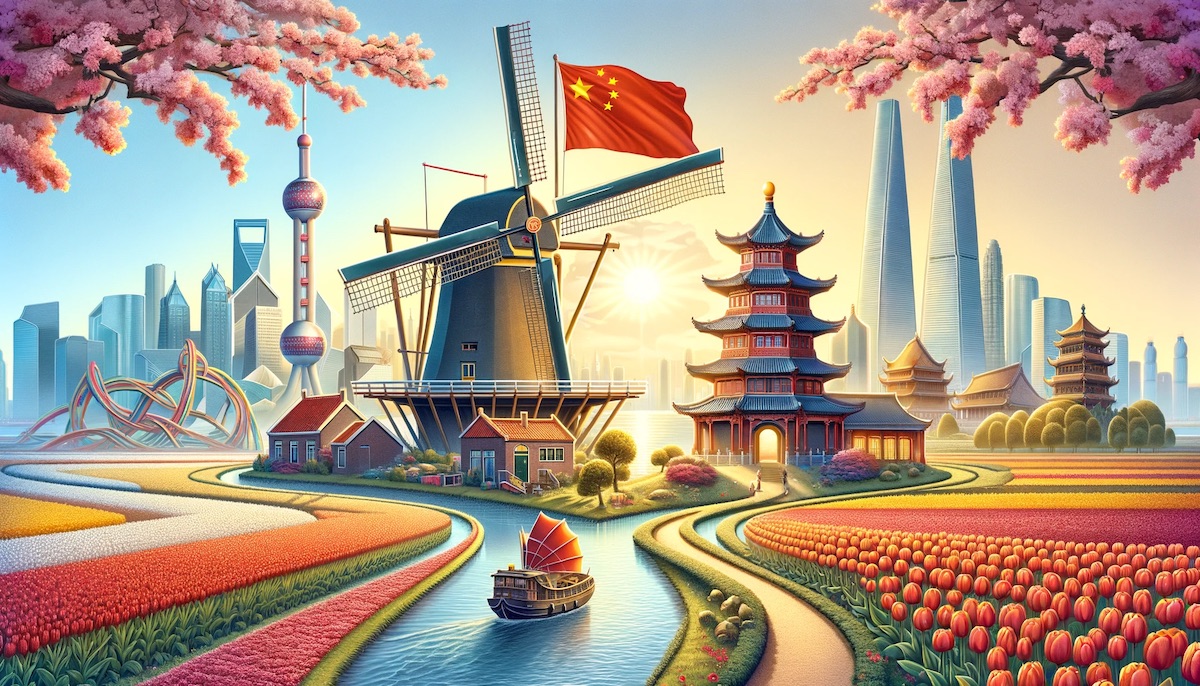
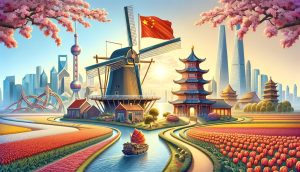
Arts and Culture
Holland in China: Unveiling a Rich Tapestry of Cultural and Economic Interactions
Published: January 22, 2024
Discover the intricate relationship between Holland and China through a journey exploring their deep history, cultural connections, and economic ties. Join us as we unveil this rich tapestry of exchange.
(Many of the links in this article redirect to a specific reviewed product. Your purchase of these products through affiliate links helps to generate commission for Regretless.com, at no extra cost. Learn more)
The Rich Tapestry of Holland-China Cultural Exchange
The intertwining of Dutch and Chinese cultures presents a fascinating study in global arts and culture. This exchange, steeped in history, has evolved over centuries, shaping and enriching the cultural landscapes of both Holland and China. From the 17th-century maritime adventures that first connected these two nations to the contemporary interactions in the arts, this relationship has been a testament to the enduring power of cultural exchange. It’s a narrative that spans across the fields of art, cuisine, and education, revealing the dynamic and transformative nature of cross-cultural interactions.
The story of Holland in China is not just about the past; it’s a continuing journey of mutual influence and respect. Today, this relationship thrives in various forms – from artistic collaborations to culinary fusions, and educational exchanges. The Dutch impact on Chinese art, and vice versa, is particularly noteworthy. Dutch and Chinese artists have long drawn inspiration from each other’s work, leading to unique artistic creations that resonate with global audiences. This exchange extends beyond art, influencing fashion, design, and architecture, showcasing the universal language of creativity and innovation.
Moreover, the cultural exchange between Holland and China is a vibrant example of globalization’s positive impact. It underscores the importance of openness and curiosity in fostering meaningful global relationships. As we delve into the historical ties, artistic influences, and culinary fusions between these two nations, we uncover a rich tapestry of cultural interactions that continue to evolve and inspire.
Historical Ties: The Dutch East India Company and Beyond
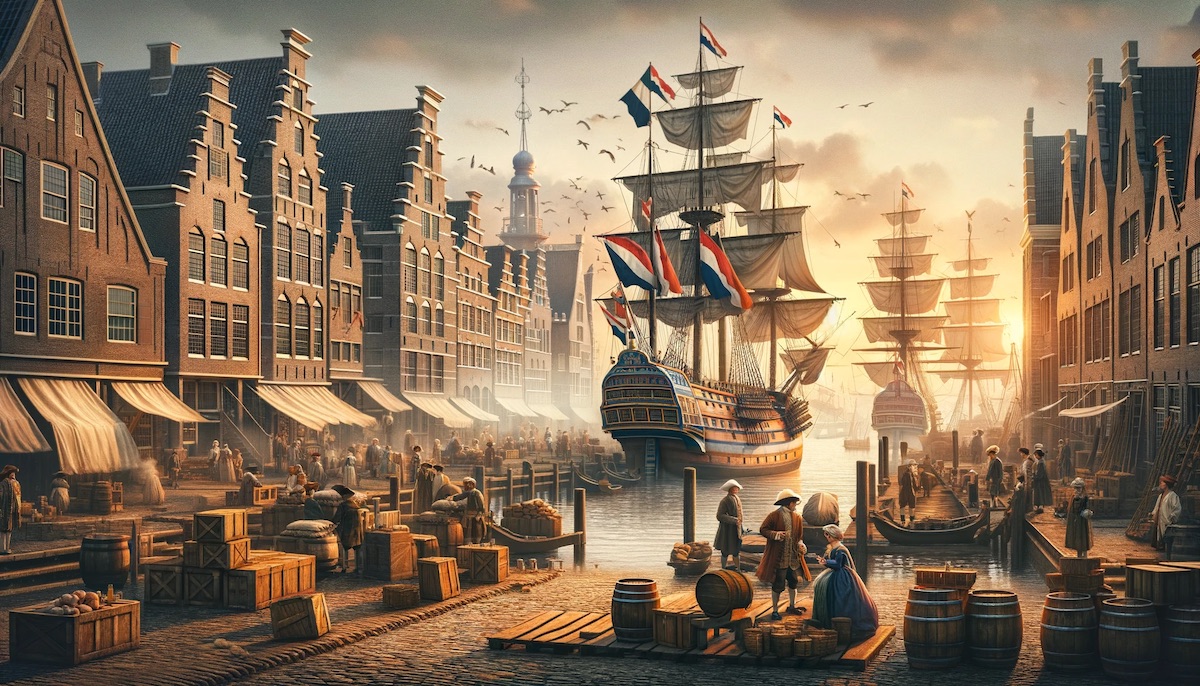
The historical connection between Holland and China can be traced back to the age of exploration, significantly marked by the Dutch East India Company’s (VOC) establishment in the early 17th century. This powerful trading company played a pivotal role in the initial cultural exchanges between Holland and China. It was not just a commercial venture; it was a bridge that connected distant worlds, bringing together diverse cultures, traditions, and ideas.
The VOC’s voyages facilitated the flow of goods, artworks, and knowledge between Holland and China. One of the most notable influences was the introduction of Chinese porcelain in Europe. This exquisite craft, known for its delicate beauty and intricate designs, captivated the Dutch and sparked a lasting fascination with Chinese art and culture. It led to the birth of Delftware, the Dutch interpretation of Chinese porcelain, which became a symbol of cultural amalgamation and artistic innovation.
During this period, there was also a significant exchange of botanical knowledge and horticultural practices. The Dutch fascination with tulips, which led to the famous ‘Tulip Mania,’ was partly fueled by the introduction of new plant species from China. This exchange was not just about commodities; it was a dialogue between cultures, evident in the Dutch Golden Age paintings that often featured oriental motifs and themes.
Moreover, the historical ties between Holland and China were not just limited to trade and art. They also encompassed scientific and intellectual exchanges. Dutch scholars and scientists were among the first Europeans to study Chinese philosophy, language, and culture, contributing to a greater understanding and appreciation of Chinese civilization in Europe.
The legacy of these early interactions is still visible today. It laid the foundation for a deep and enduring relationship between Holland and China, characterized by mutual respect and fascination. As we explore further, the historical ties between these two nations reveal a rich tapestry of cultural, artistic, and intellectual exchanges that have shaped their bilateral relationship over centuries.
Artistic Influences: A Canvas of Collaboration
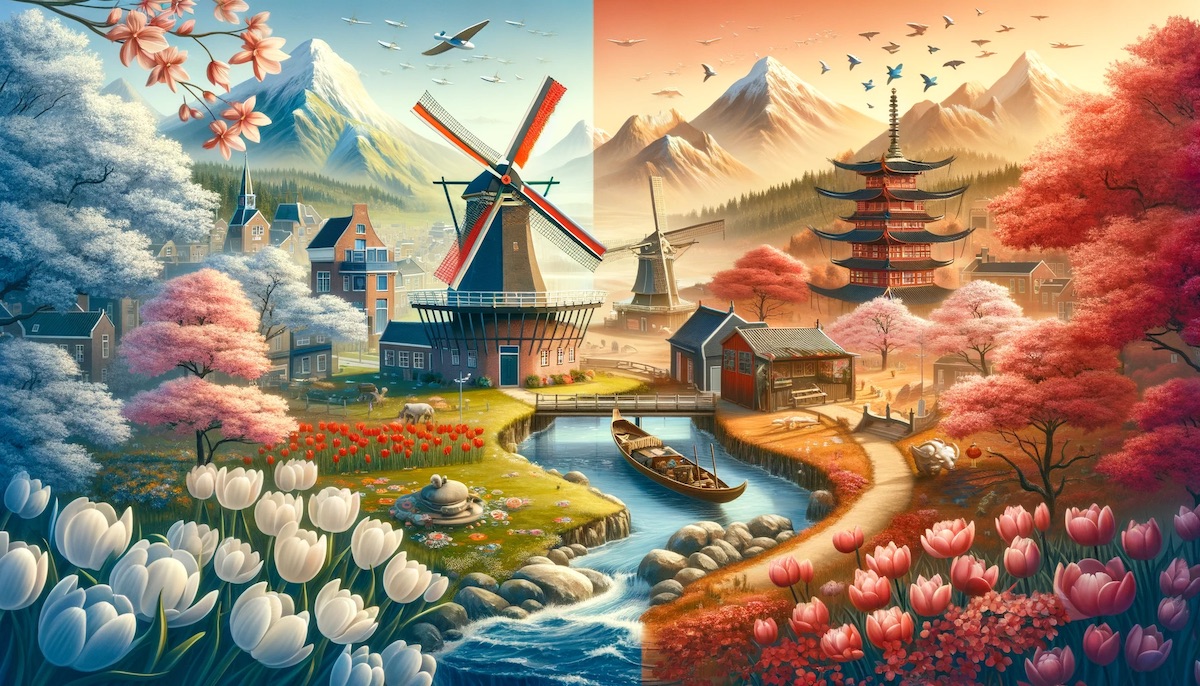
The artistic exchange between Holland and China is a testament to the power of cross-cultural inspiration. Over the centuries, artists from both nations have continuously influenced and enriched each other’s work, creating a canvas of collaboration that transcends geographical and temporal boundaries.
- Chinese Influence on Dutch Art:
- Porcelain and Pottery: The introduction of Chinese porcelain to Holland in the 17th century had a profound impact on Dutch pottery. The Delftware, characterized by its blue and white designs, was a direct response to the popularity of Chinese porcelain.
- Paintings and Prints: Chinese art also influenced Dutch painting, particularly in the use of perspective and spatial composition. The Chinoiserie style, with its fanciful interpretations of Chinese motifs, became popular in Dutch art and decoration.
- Garden Design: The Chinese garden design principles, focused on harmony and natural beauty, influenced Dutch landscape and garden designs, adding an element of oriental aesthetics to European gardens.
- Dutch Influence on Chinese Art:
- Oil Painting Techniques: Dutch oil painting techniques, known for their realism and depth, inspired Chinese artists, leading to a fusion of Eastern and Western artistic styles.
- Architectural Elements: Elements of Dutch architecture, such as the use of bricks and certain roof designs, found their way into Chinese buildings, particularly in coastal cities that were trading hubs.
- Printmaking: The Dutch expertise in printmaking introduced new methods and styles to Chinese artists, expanding the range of artistic expression in China.
- Mutual Inspiration in Contemporary Art:
- Collaborative Exhibitions: Modern artists from Holland and China have collaborated in various exhibitions and projects, showcasing a blend of artistic visions and cultural narratives.
- Artistic Residencies: Artist-in-residence programs in both countries have allowed artists to immerse themselves in a different culture, resulting in innovative and diverse artistic creations.
- Educational Exchanges: Art schools and universities in Holland and China have established exchange programs, fostering a new generation of artists influenced by both Dutch and Chinese art traditions.
This artistic exchange is not just about borrowing elements from each other; it’s about mutual respect, understanding, and creative collaboration. The artistic influences between Holland and China demonstrate the universal language of art – a language that bridges differences and celebrates shared human experiences. As we explore these influences, we uncover a story of enduring artistic dialogue and shared inspiration, shaping the artistic landscapes of both nations.
Culinary Fusion: A Taste of Dutch-Chinese Influence
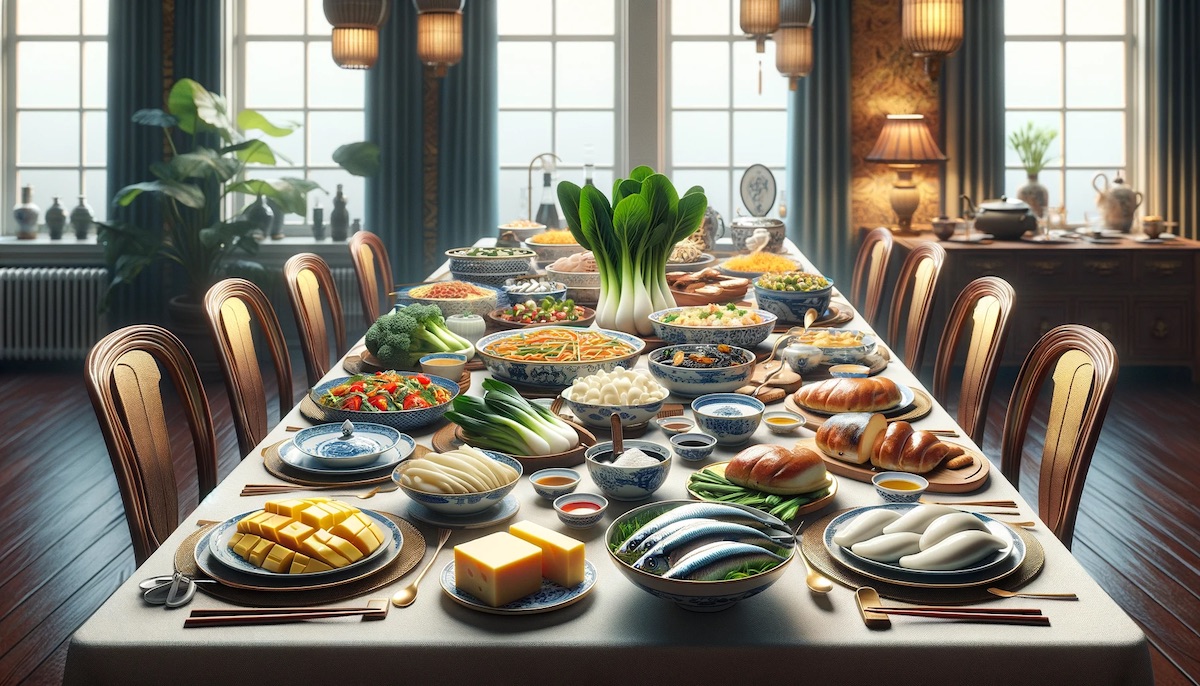
The culinary exchange between Holland and China is a delightful exploration of taste, tradition, and innovation. This fusion of flavors is a result of centuries of trade, exploration, and cultural exchange, leading to a gastronomic landscape that is as diverse as it is delicious. The Dutch and Chinese cuisines, while distinct, have borrowed and adapted elements from each other, creating unique dishes that tell stories of culinary collaboration.
- Dutch Influence on Chinese Cuisine:
- Ingredients and Spices: The Dutch introduced new ingredients and spices to China, particularly through the spice trade. Items like potatoes, which are now a staple in certain Chinese dishes, were first brought to China by European traders, including the Dutch.
- Baking Techniques: Dutch baking techniques, particularly for bread and pastries, influenced Chinese baking practices. This can be seen in the adaptation of European-style bakeries in China.
- Dairy Products: The introduction of dairy products into Chinese cuisine, although limited, can be traced back to European influences, including Dutch cheese-making techniques.
- Chinese Influence on Dutch Cuisine:
- Soy Sauce and Tofu: The introduction of soy sauce and tofu brought a new dimension to Dutch cooking, offering alternatives to traditional European flavoring and protein sources.
- Tea Culture: The Dutch were instrumental in introducing tea to Europe, including their own country. The tea culture in Holland, with its own rituals and preferences, owes much to Chinese tea practices.
- Vegetable and Herb Varieties: Certain vegetables and herbs now common in Dutch cuisine were initially brought from China, adding variety and new flavors to Dutch dishes.
- Fusion Dishes and Modern Adaptations:
- Indo-Dutch Cuisine: The fusion of Indonesian and Dutch cuisine, a result of colonial history, often incorporates Chinese elements, creating a unique culinary blend.
- Contemporary Fusion Restaurants: In both Holland and China, contemporary chefs are creating innovative fusion dishes that combine elements from both cuisines, attracting a global palate.
- Culinary Exchanges and Festivals: Food festivals and culinary exchange programs between Holland and China play a significant role in promoting and celebrating this fusion cuisine.
The culinary exchange between Holland and China is more than just the sharing of recipes and ingredients; it is a fusion of cultures and histories. It illustrates how food can be a medium of communication, breaking down barriers and bringing people together. As we savor the flavors of Dutch-Chinese cuisine, we celebrate a shared history of culinary exploration and innovation.
Modern Cultural Exchange: Bridging Holland and China
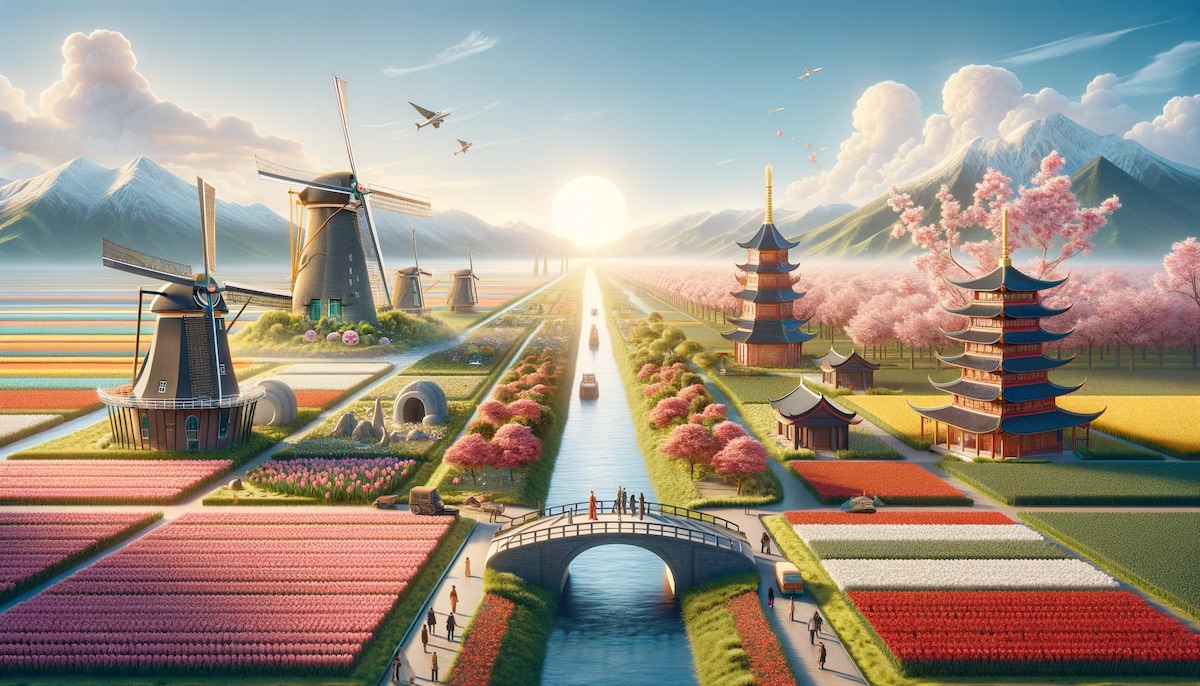
In the realm of modern cultural exchange, the relationship between Holland and China has blossomed into a vibrant and dynamic interaction, enriched by globalization and mutual curiosity. This contemporary exchange is evident in various sectors including art, education, technology, and business, demonstrating the multifaceted nature of this bilateral relationship.
- Contemporary Art and Exhibitions:
- Joint Art Projects: Collaborative art projects and exhibitions featuring Dutch and Chinese artists have become common, showcasing a mix of artistic styles and cultural narratives.
- Cultural Festivals: Annual cultural festivals, often held in both countries, celebrate the shared heritage and promote contemporary artistic expressions.
- Public Art Initiatives: Public art projects in Holland and China, often involving artists from both countries, serve as platforms for cultural dialogue and artistic innovation.
- Educational and Academic Collaborations:
- University Partnerships: Many universities in Holland and China have established partnerships, facilitating student and faculty exchanges and joint research projects.
- Language and Cultural Studies: The growing interest in Mandarin in Holland and in Dutch in China has led to the development of language and cultural study programs, enhancing mutual understanding.
- Workshops and Seminars: Regular workshops and seminars focused on Dutch and Chinese culture, history, and contemporary issues foster a deeper knowledge exchange.
- Impact of Globalization and Technology:
- Digital Collaborations: With the advent of digital technology, artists, educators, and entrepreneurs from both countries collaborate in virtual spaces, creating new opportunities for cultural exchange.
- E-commerce and Business: The rise of e-commerce has opened new avenues for Dutch and Chinese businesses to collaborate and exchange products influenced by both cultures.
- Media and Entertainment: The increasing influence of Chinese cinema in Holland and Dutch music and television in China reflects the growing cultural interconnectedness in the era of globalization.
Modern cultural exchange between Holland and China is characterized by its diversity, depth, and dynamism. It is a relationship that continually evolves, embracing change and innovation while respecting historical ties. As we delve into these contemporary interactions, we witness a robust and ongoing dialogue, enriching the cultural fabric of both nations.
Read more: Unveiling The Alluring Irish Facial Features
The Embassy of Holland in China: A Cultural Bridge
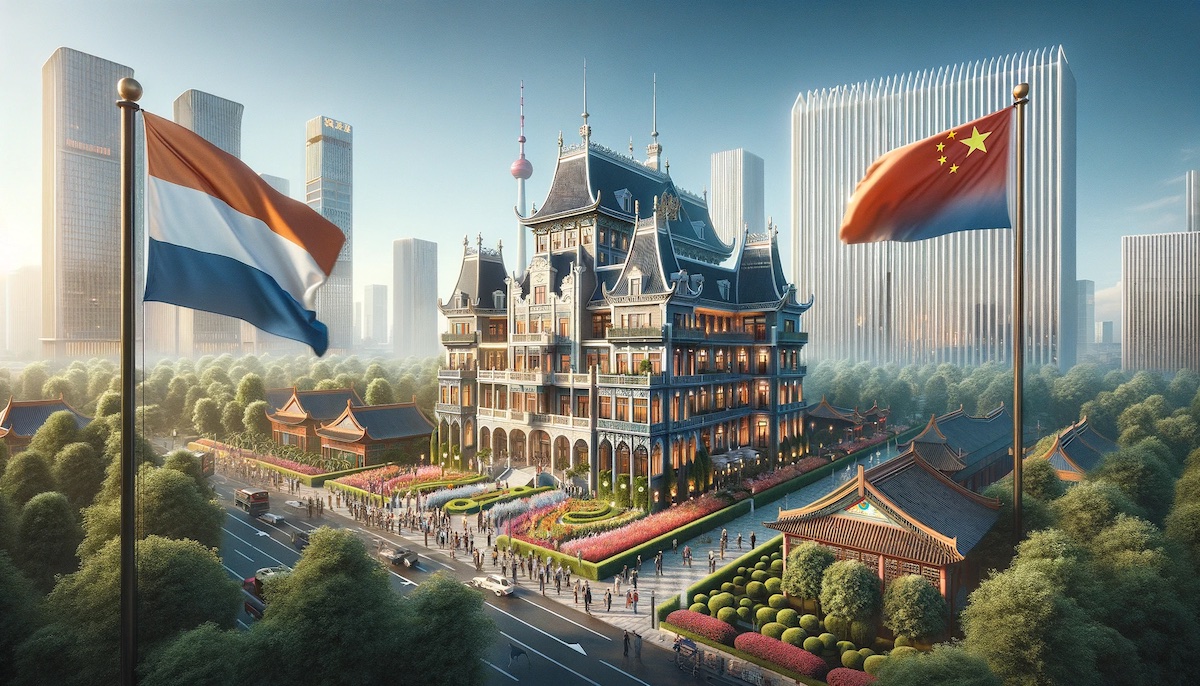
The Embassy of Holland in China plays a pivotal role in nurturing and facilitating the cultural, educational, and economic ties between the two countries. As a diplomatic entity, the embassy is not just a political mission; it is a cultural bridge, fostering understanding and collaboration through various initiatives and programs.
- Cultural Promotion and Events:
- Art Exhibitions and Cultural Festivals: The embassy regularly organizes and sponsors art exhibitions and cultural festivals that showcase Dutch culture in China and vice versa.
- Film and Music Events: Hosting Dutch film festivals and music concerts in China helps introduce and popularize Dutch arts and entertainment.
- Literary Exchanges: Promoting Dutch literature through book fairs and author visits encourages cultural and intellectual exchange.
- Educational and Research Initiatives:
- Scholarship Programs: The embassy facilitates scholarship programs for Chinese students to study in Holland and for Dutch students to study in China, enhancing educational exchange.
- Academic Conferences and Seminars: Supporting academic conferences and seminars on topics of mutual interest strengthens research collaboration and knowledge sharing.
- Language and Cultural Programs: Language and cultural programs sponsored by the embassy help in promoting linguistic proficiency and cultural understanding.
- Economic and Trade Relations:
- Business Delegations and Trade Fairs: The embassy plays a key role in organizing business delegations and participating in trade fairs, promoting economic ties between Holland and China.
- Support for Entrepreneurs: Providing support and resources for Dutch entrepreneurs in China and Chinese entrepreneurs in Holland encourages bilateral business ventures.
- Sustainability and Innovation Projects: Initiatives focusing on sustainability and innovation highlight shared values and priorities in the Holland-China relationship.
The Embassy of Holland in China is more than just a diplomatic mission; it is a catalyst for cultural, educational, and economic exchange. Through its various programs and initiatives, the embassy actively promotes a deeper understanding and stronger ties between Holland and China, reflecting the evolving nature of this bilateral relationship in a globalized world.
Economic and Social Impacts: Uniting Holland and China
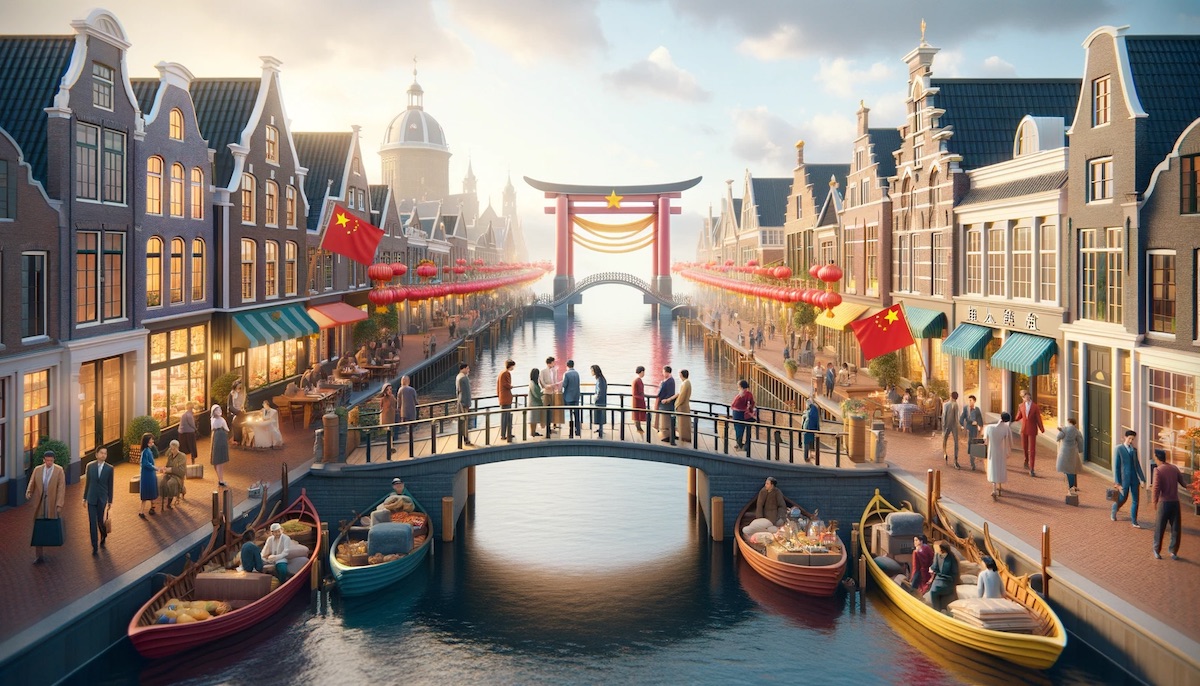
The economic and social impacts of the Holland-China relationship are substantial, influencing various sectors and communities in both countries. This relationship, built on a foundation of trade, cultural exchange, and diplomacy, has far-reaching effects on the arts, education, and business sectors, shaping the social and economic landscapes in both nations.
- Trade and Economic Growth:
- Bilateral Trade Agreements: The trade agreements between Holland and China have significantly boosted economic growth, with both countries benefiting from increased exports and imports.
- Investment Opportunities: Investment flows in both directions have spurred growth in key sectors like technology, agriculture, and renewable energy.
- Job Creation: The economic collaboration has resulted in job creation and skill development, contributing to the prosperity of both societies.
- Cultural Integration and Social Harmony:
- Cultural Festivals and Community Events: Regular cultural festivals and community events in both countries promote social integration and mutual understanding.
- Educational Exchange Programs: Exchange programs have led to increased cultural awareness and respect among the younger generations.
- Immigrant Contributions: The Chinese community in Holland and the Dutch community in China have contributed significantly to their host countries’ social and cultural fabric.
- Influence on Arts and Lifestyle:
- Artistic Collaborations: Collaborative art projects have influenced the contemporary art scene in both Holland and China, fostering a cross-cultural artistic language.
- Culinary Influence: The fusion of Dutch and Chinese cuisines has enriched the culinary landscapes of both countries, offering diverse gastronomic experiences.
- Fashion and Design: The mutual influence in fashion and design reflects a blend of Dutch and Chinese aesthetics, appealing to a global audience.
The economic and social impacts of the Holland-China relationship demonstrate a model of successful international cooperation. This partnership goes beyond mere trade; it encompasses a deep, mutual cultural respect that fosters harmony and prosperity in both societies.
Challenges and Opportunities: Navigating the Future of Holland-China Relations
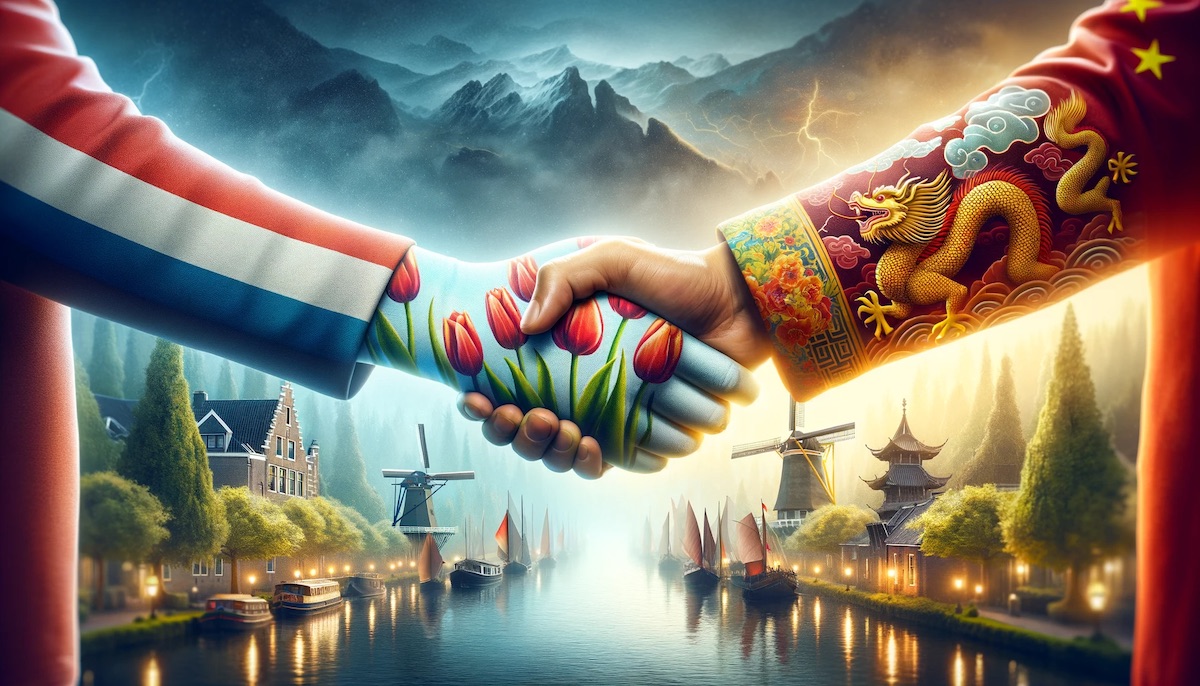
The Holland-China relationship, while strong and dynamic, faces its share of challenges. Addressing these challenges and leveraging the opportunities is key to sustaining and enhancing this bilateral relationship.
- Cultural Misunderstandings and Stereotypes:
- Awareness and Education: Addressing cultural misunderstandings through awareness campaigns and education is crucial for fostering mutual respect.
- Media Representation: Ensuring balanced and accurate media representation of both cultures helps in breaking down stereotypes and misconceptions.
- Economic and Political Variabilities:
- Adaptability in Trade Policies: Navigating economic uncertainties requires adaptable trade policies that can withstand global economic fluctuations.
- Diplomatic Engagement: Maintaining open and constructive diplomatic relations is essential for navigating political changes and challenges.
- Opportunities for Collaboration and Growth:
- Technological Advancements: Collaborating in areas of technology and innovation offers opportunities for growth and development.
- Sustainable Development: Joint projects focusing on sustainability and environmental protection can lead to long-term benefits.
- Cultural and Artistic Ventures: Continued collaboration in arts and culture provides a platform for creative expression and mutual understanding.
Navigating the future of Holland-China relations requires a balanced approach, addressing challenges while capitalizing on opportunities for growth and collaboration. This relationship, rich in history and potential, holds the promise of continued mutual benefit and understanding.
Embracing a Shared Future
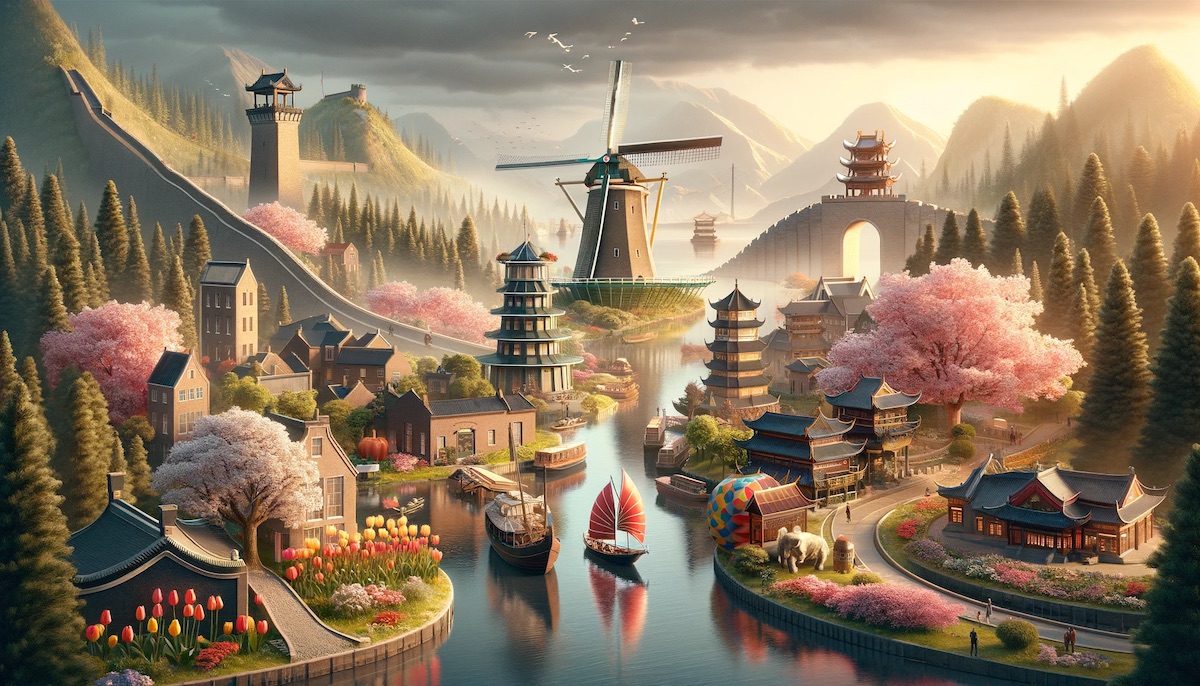
As we reflect on the extensive cultural, economic, and social ties that bind Holland and China, it becomes evident that this relationship is much more than a series of exchanges. It is a deep and enduring connection that has evolved over centuries, weaving a rich tapestry of shared experiences and mutual respect. The journey from the historical voyages of the Dutch East India Company to the contemporary corridors of diplomacy and trade exemplifies a unique blend of tradition and modernity.
The artistic and culinary fusions, the educational and technological collaborations, and the diplomatic endeavors of the Embassy of Holland in China all highlight the multifaceted nature of this relationship. These interactions are not just transactions; they are dialogues that contribute to a greater understanding and appreciation of each other’s cultures. The challenges faced along the way, from cultural misunderstandings to economic variabilities, are stepping stones towards a stronger and more resilient partnership.
Looking ahead, the future of Holland-China relations holds immense potential. The opportunities for collaboration in areas like technology, sustainability, and cultural ventures open new avenues for growth and mutual benefit. Navigating this future will require adaptability, open-mindedness, and a continued commitment to understanding and respecting each other’s heritage and aspirations.
As we embrace this shared future, the Holland-China relationship stands as a testament to the power of cultural exchange and international cooperation. It is a relationship that not only enriches the two countries involved but also offers lessons and inspiration for global harmony and progress.
In conclusion, the story of Holland in China is an ongoing narrative of collaboration, innovation, and mutual respect. It is a relationship that transcends boundaries and time, continuously evolving and adapting, yet always rooted in a deep appreciation of each other’s history and culture. As this relationship moves forward, it remains a beacon of international cooperation, showcasing the endless possibilities when nations come together in the spirit of friendship and mutual understanding.
